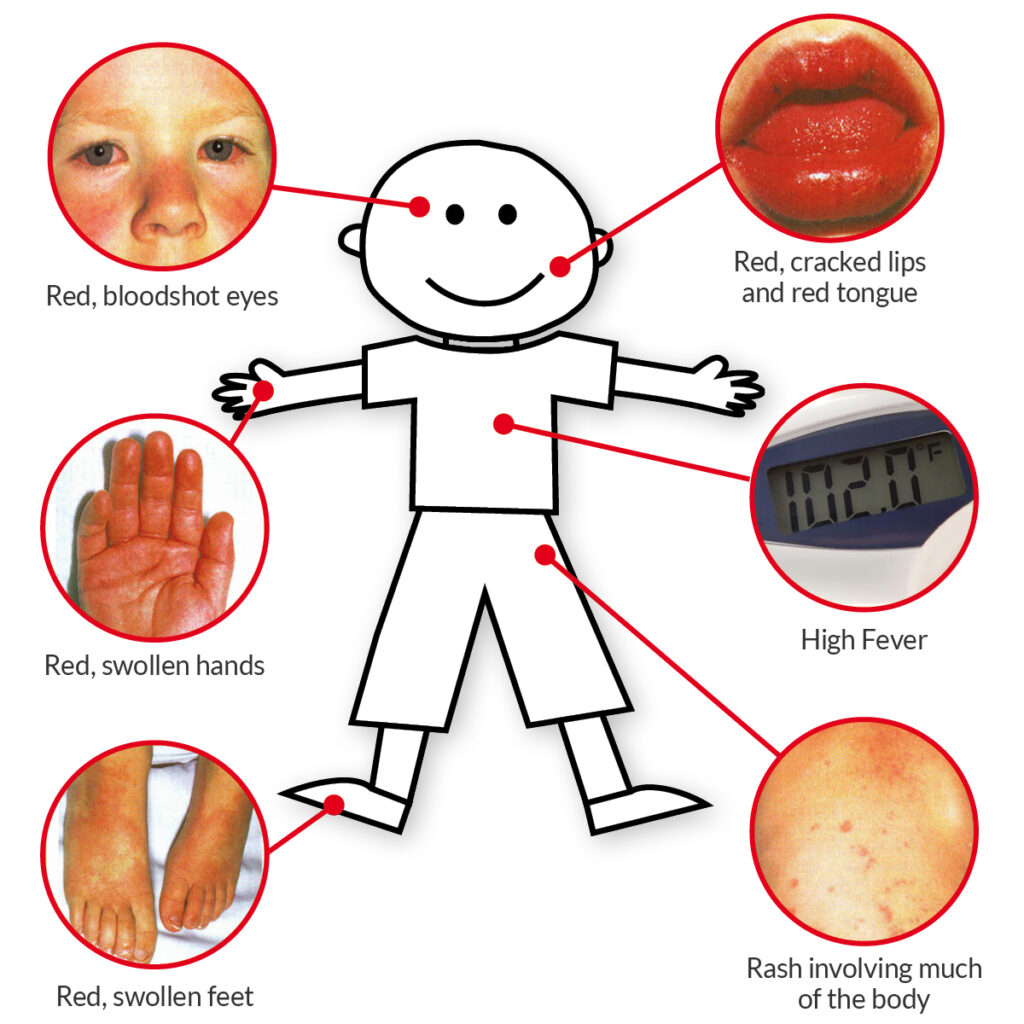Life After Kawasaki Disease: Parenting Tips and Long-Term Care Strategies

Discover parenting advice and medical strategies for supporting a child after Kawasaki Disease, including heart monitoring, nutrition, and emotional health.
Treatment and Recovery
Kawasaki Disease is treated primarily with intravenous immunoglobulin (IVIG) and aspirin. Most children recover fully, but some may have heart complications such as coronary artery aneurysms.
Learn more: American Heart Association – Kawasaki Disease
Post-Treatment Monitoring
Ongoing follow-up is essential to ensure heart health. Parents should:
- Schedule regular echocardiograms
- Monitor for signs of chest pain, fatigue, or fainting
- Work with pediatric cardiologists
Parenting Strategies for Recovery
1. Build a Heart-Healthy Lifestyle
- Encourage fruits, vegetables, and whole grains
- Limit sugar and salt intake
- Promote age-appropriate physical activity
2. Communicate with Educators
- Share medical history with teachers
- Allow time off for appointments and rest
3. Support Emotional Well-being
- Children may feel confused or anxious after hospital stays
- Use age-appropriate language to explain the illness
- Consider child therapy or counseling
Sibling and Family Support
- Siblings may feel left out or scared — involve them in recovery routines
- Lean on community and disease-specific support groups
Peer-reviewed Insight: Long-term effects of Kawasaki disease
Final Thoughts
Most children recover from Kawasaki Disease with proper treatment and support. Parental awareness, regular check-ups, and emotional care are the pillars of long-term well-being.
Sign up for our newsletter to stay updated on child health topics and support resources.





